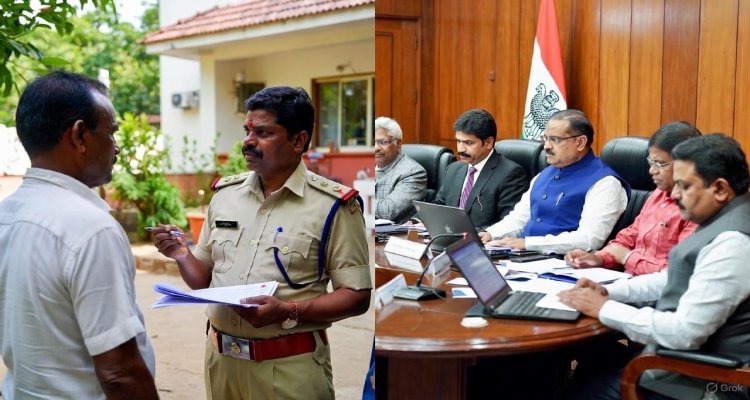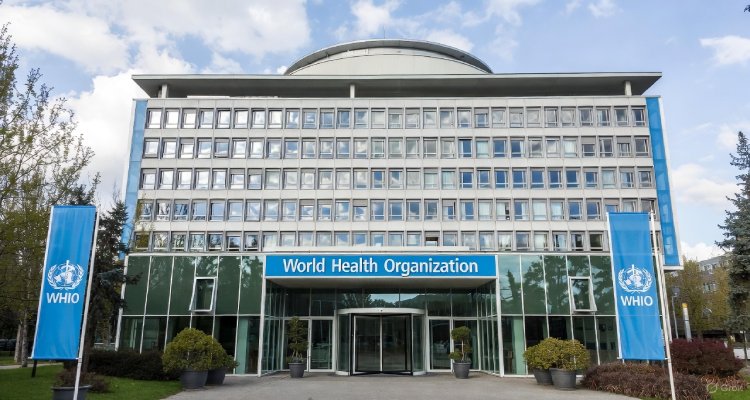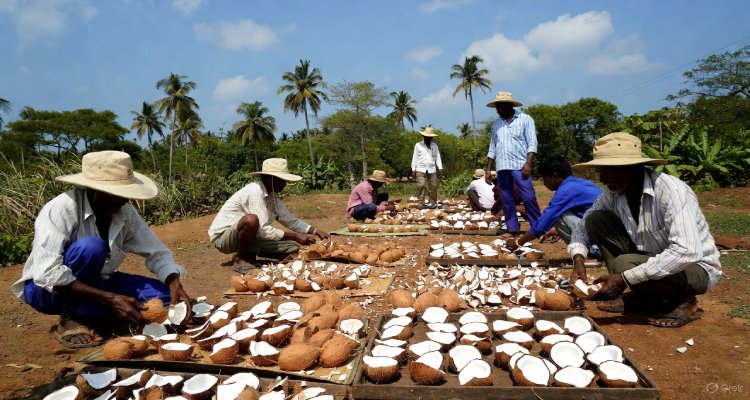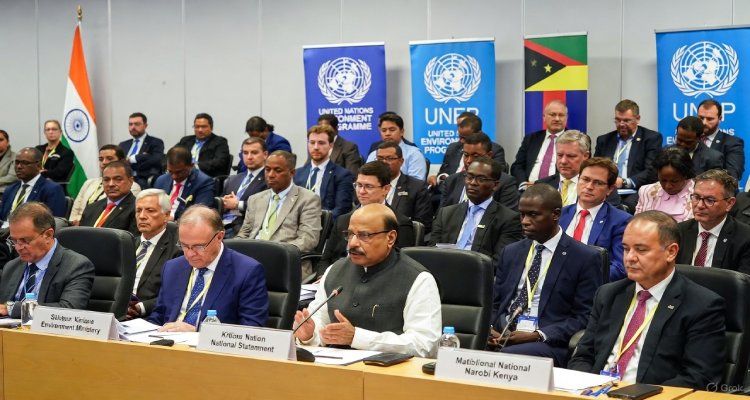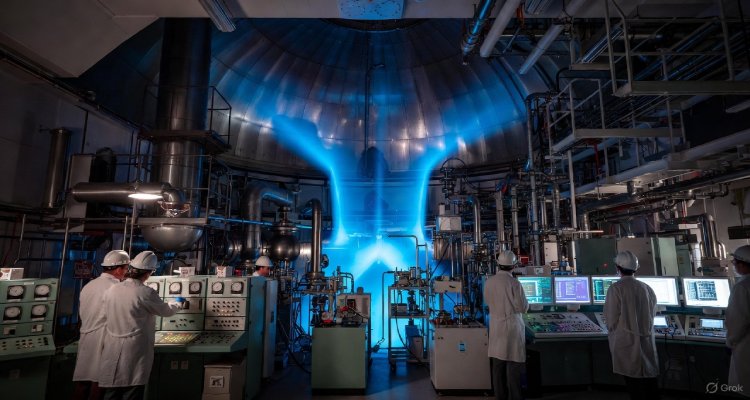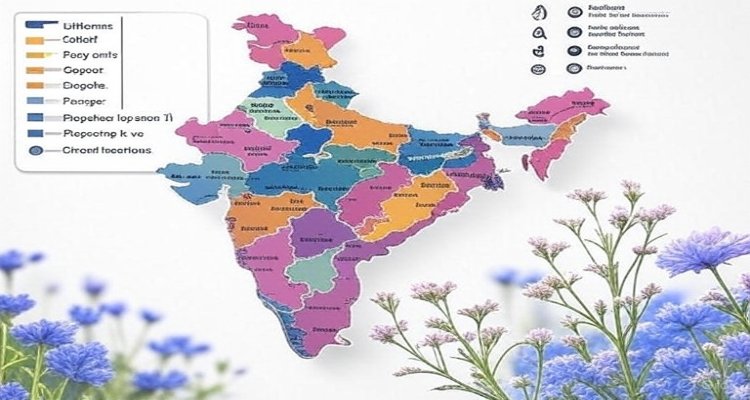Union Cabinet Approves ₹1,500 Crore Incentive Scheme to Promote Recycling of Critical Minerals
India’s Union Cabinet launches a ₹1,500-crore incentive scheme for critical mineral recycling under NCMM, boosting sustainable supply chains and job creation.
The Union Cabinet’s approval of a ₹1,500-crore incentive scheme marks a decisive push to strengthen India’s critical minerals sector through recycling, unlocking large-scale supply chain resilience and future-ready sustainability. This article explores the scheme’s development, ambitions, and its role in India’s wider National Critical Mineral Mission (NCMM).newsonair+3
Introduction: Recycling for a Resilient Future
Critical minerals such as lithium, cobalt, and rare earth elements underlie key technologies—electric vehicles, renewable energy, and advanced electronics—making them essential to both economic progress and national security. Recognizing their strategic importance, the Union Cabinet has approved a bold, ₹1,500-crore incentive scheme to stimulate domestic recycling, aiming to bridge supply gaps while powering green growth.drishtiias+3
Context & Background: India’s Critical Minerals Challenge
India faces substantial dependency on imported critical minerals, exposing domestic industries to volatile markets and geopolitical uncertainties. Global competition for these resources is intensifying as nations race to build technology-driven economies and meet climate goals. The NCMM, launched in January 2025 with a ₹34,300-crore outlay, is India’s comprehensive roadmap to boost self-reliance—from exploration and mining to recycling and international asset acquisition.drishtiias+2
Critical minerals, defined as those whose supply risks could acutely disrupt major economies, include lithium, graphite, cobalt, titanium, and various rare earth elements. Their limited domestic availability and concentration in few global geographies highlight supply vulnerabilities. India’s plan integrates a “whole-of-government” approach, bringing together ministries, PSUs, private enterprises, and research institutions for robust supply chain infrastructure.impriindia+2
Main Developments: The Incentive Scheme Unpacked
Approved on September 3, 2025, the new scheme establishes incentives for developing recycling capacities targeted at extracting critical minerals from secondary sources like e-waste, lithium-ion battery (LIB) scrap, and catalytic converters from end-of-life vehicles. Its six-year tenure (FY 2025-26 to FY 2030-31) will drive investments in both new recycling units and expansion or modernization of existing facilities.ibef+2
Key features include:
-
20% capital expenditure subsidy for new units initiating production within the prescribed period, with reduced rates for delays.ibef
-
Operating subsidies tied to incremental sales, disbursed in two stages based on performance metrics.ibef
-
Beneficiary reach: Large, established recyclers and smaller startups, with one-third of the scheme earmarked for new and small-scale enterprises.argusmedia+1
-
Capacity goals: At least 270 kilotonnes of annual recycling capacity, yielding approximately 40 kilotonnes of critical minerals yearly.newsonair+1
-
Economic impact: Rs 8,000 crore in projected investment and creation of roughly 70,000 jobs, both direct and indirect.newsonair+1
Expert Insight and Public Reaction
According to sector experts, incentivizing recycling is a “prudent way” to gain near-term supply sustainability, especially given the long gestation periods for new mining operations. Recycling not only reduces environmental impact but also supports circular economy principles, lowering dependency on primary extraction and imports.thesecretariat+1
Industry insiders welcome the focus on actual extraction of critical minerals rather than just preliminary processing (black mass production), viewing it as key to driving innovation and competitiveness at global standards. Small entrepreneurs and startups, often at the forefront of disruptive technologies, stand to benefit from dedicated financial support, spurring broader industry participation.argusmedia
Impact & Implications: What Lies Ahead?
The incentive scheme aligns with NCMM’s broader vision—to ensure long-term sustainable access to critical minerals and anchor India’s clean energy and advanced manufacturing ambitions.powerline+2
-
Technology & Innovation: By supporting domestic recycling technology, the scheme cultivates knowledge hubs, mineral processing parks, and research excellence.drishtiias
-
Industry Transformation: Electronics, renewable energy, automotive, and defense sectors will gain more reliable raw material supplies, supporting growth and innovation.thesecretariat
-
Global Engagement: NCMM’s provision for acquiring overseas mineral assets and fostering international trade will reduce import pressures and encourage diplomatic resource partnerships.drishtiias+1
-
Job Creation & Economic Growth: Expanded recycling capacity, estimated at Rs 8,000 crore investment, is poised to generate approximately 70,000 jobs.newsonair+1
-
Environmental Sustainability: Recycling reduces the ecological footprint associated with primary mining, mitigating resource depletion and pollution.thesecretariat
Conclusion: Building a Secure, Sustainable Future
India’s ambitious scheme to promote critical mineral recycling stands at the intersection of strategic policy, economic opportunity, and environmental stewardship. By bridging present supply shortfalls and empowering diverse industry players—from large recyclers to innovative startups—the initiative fortifies national self-reliance and supports global clean energy transitions.caalley+1
In a fast-evolving geopolitical and technological landscape, India’s focus on recycling, supported by robust government incentives, sets a benchmark for holistic resource management and resilient growth.impriindia+1
Disclaimer:This article is for informational purposes only. Please refer to official government sources for the latest policy updates and eligibility criteria.



